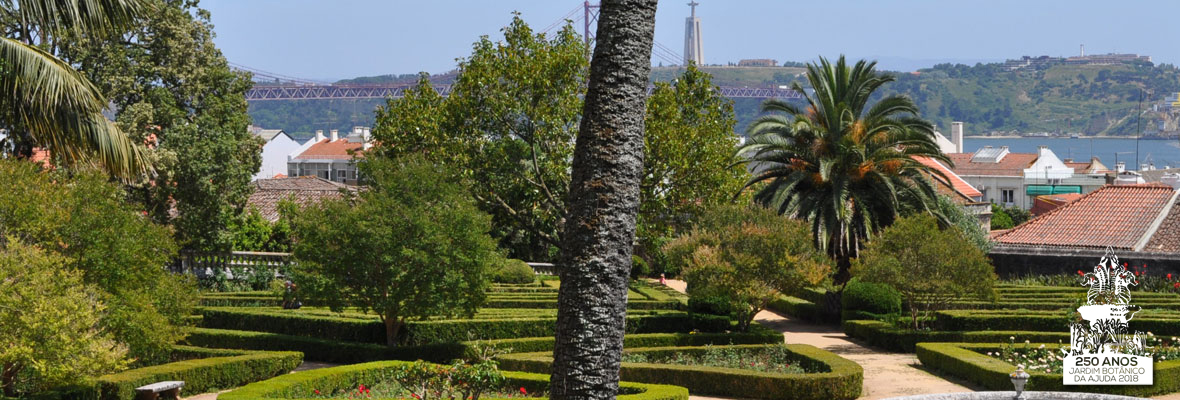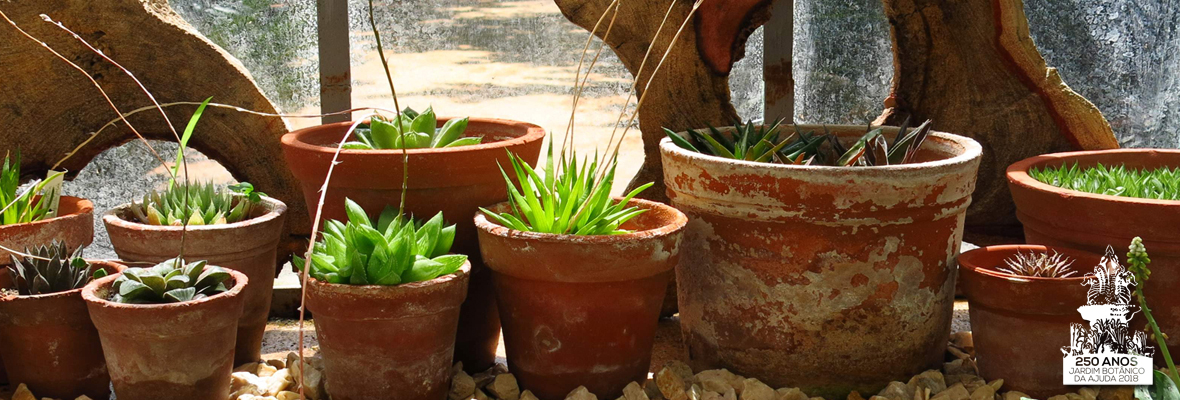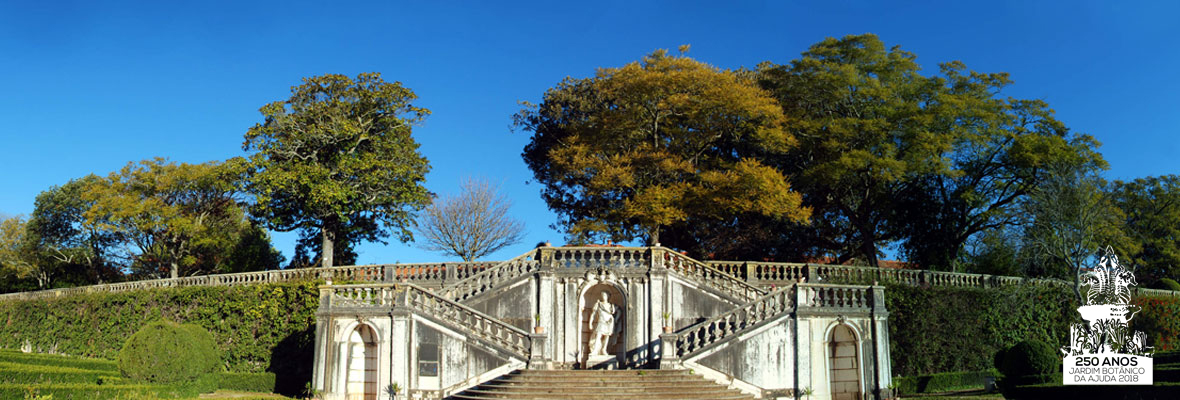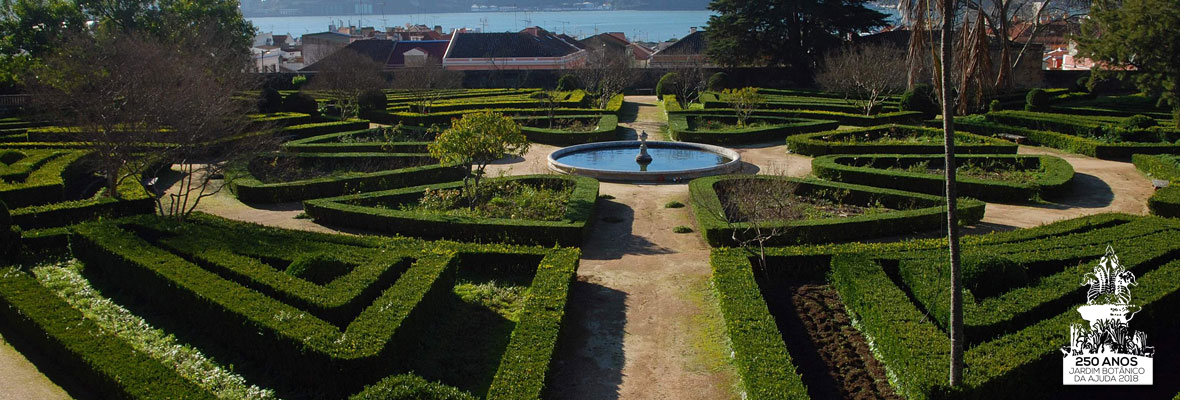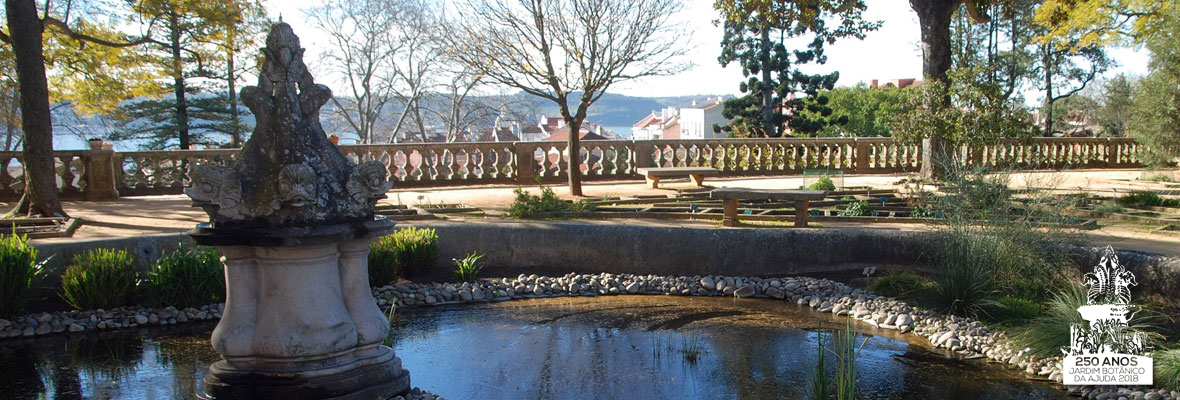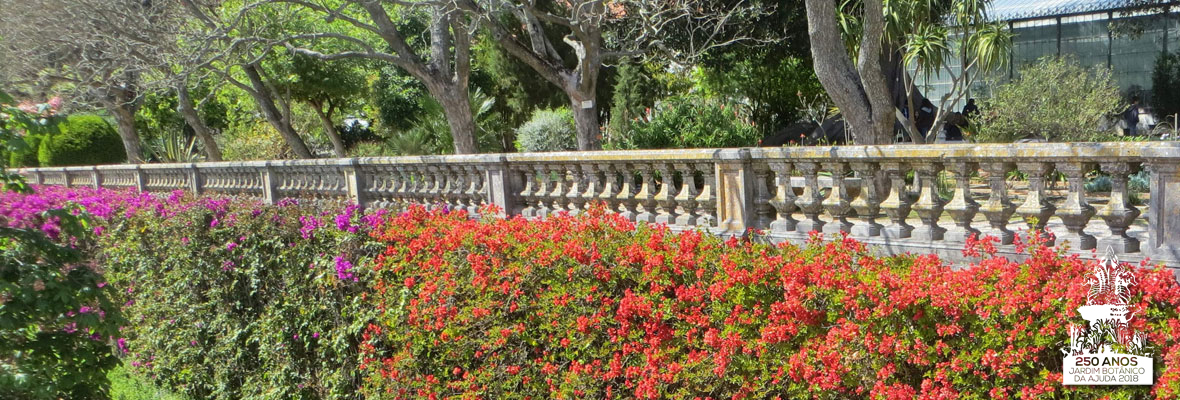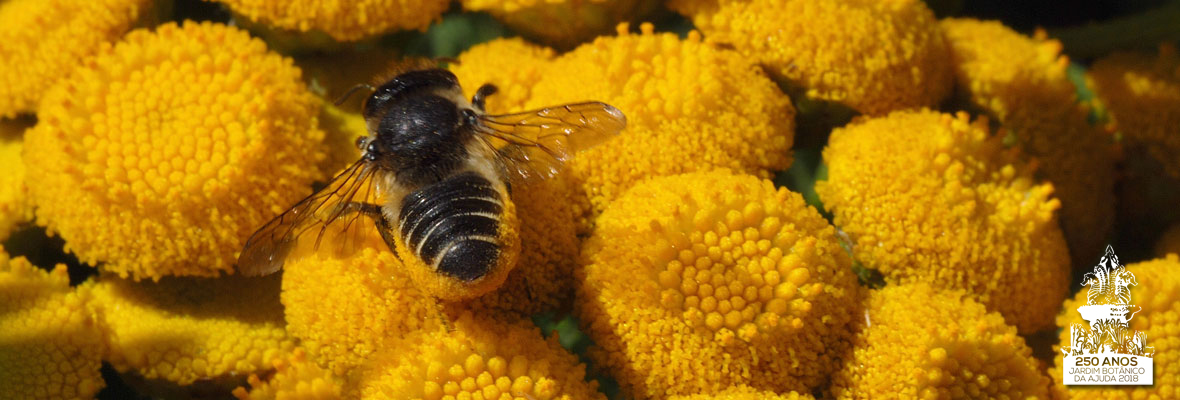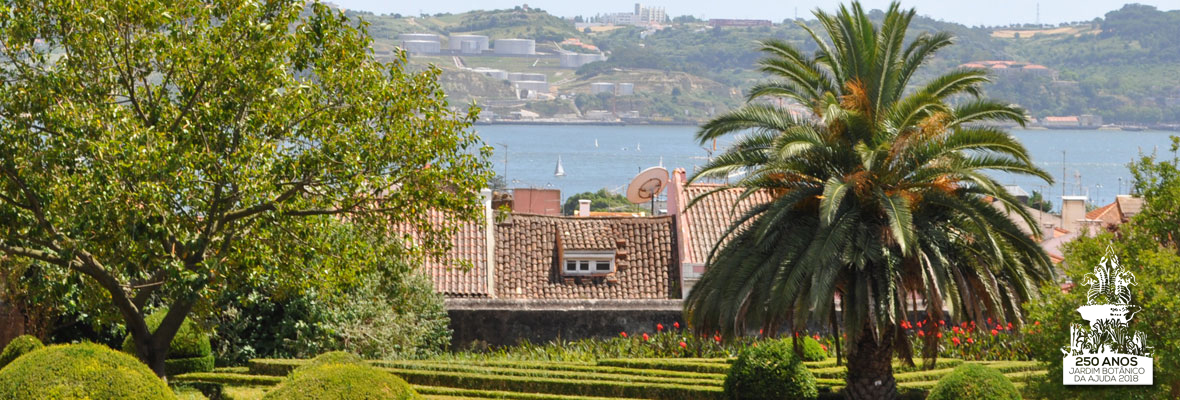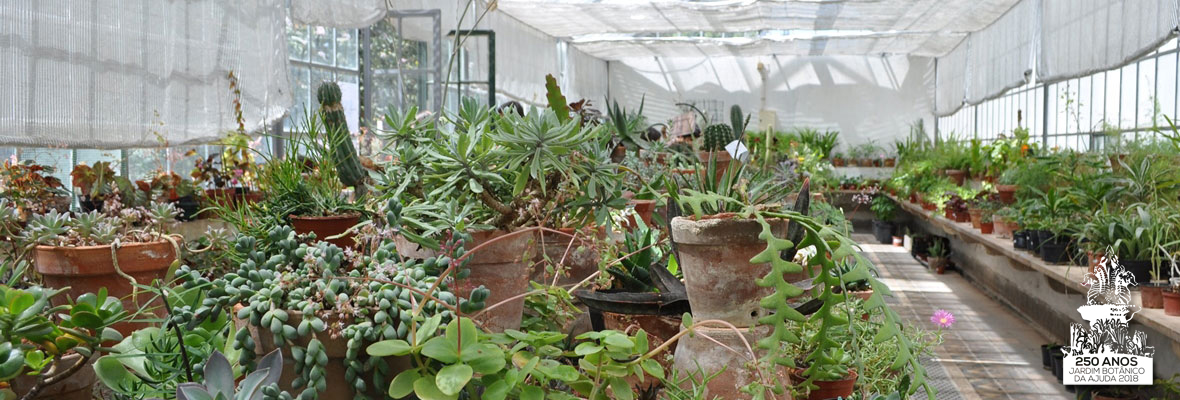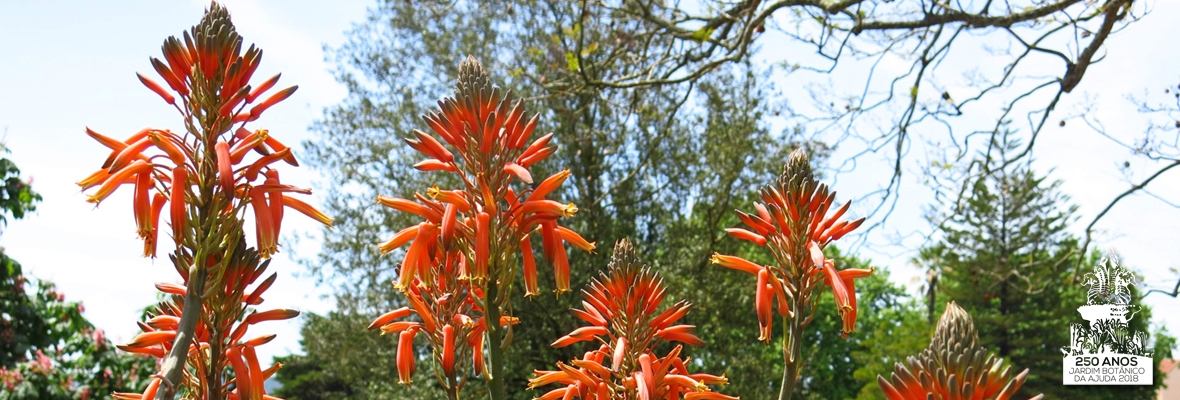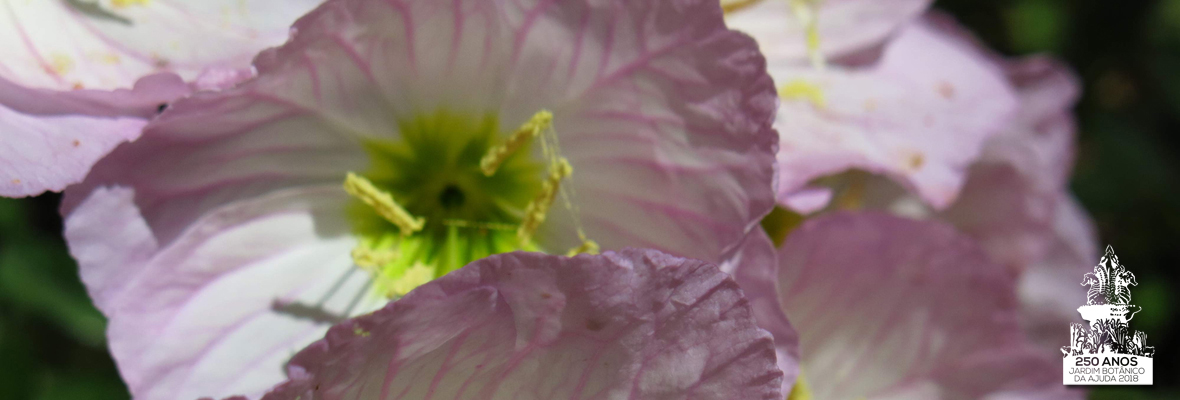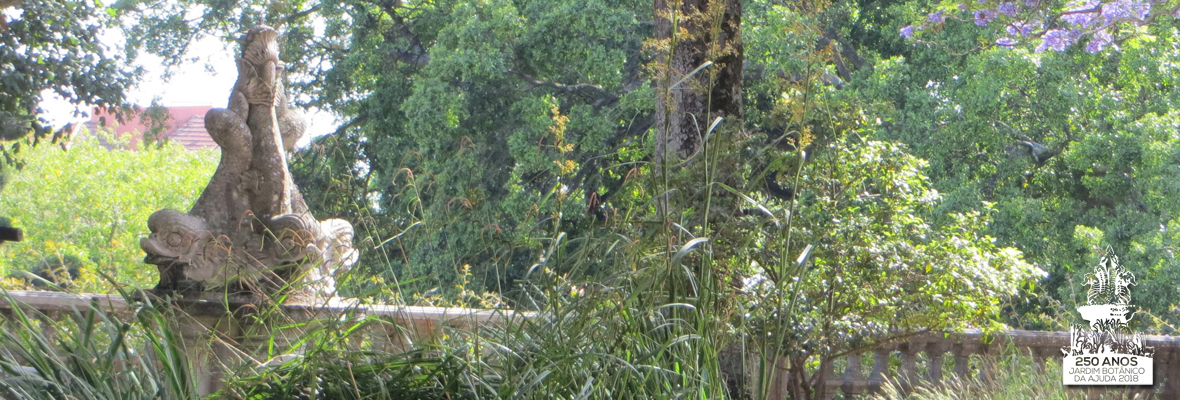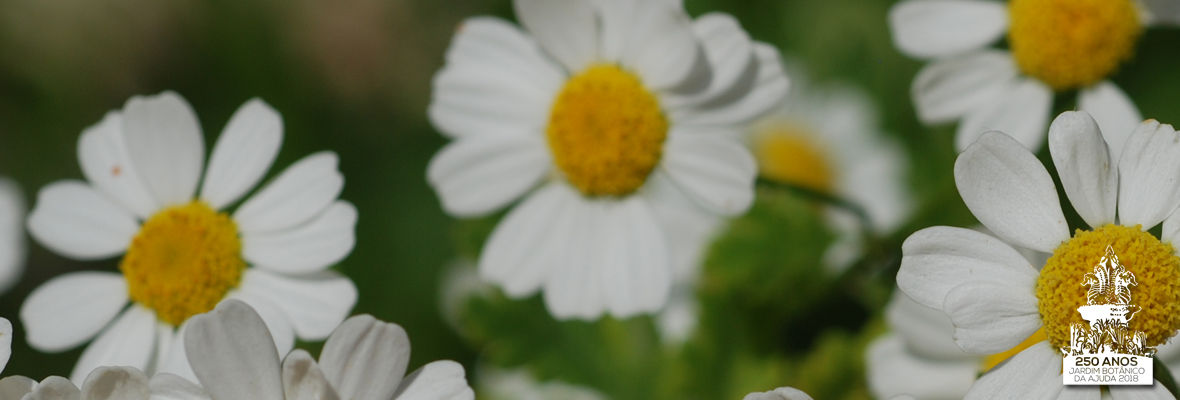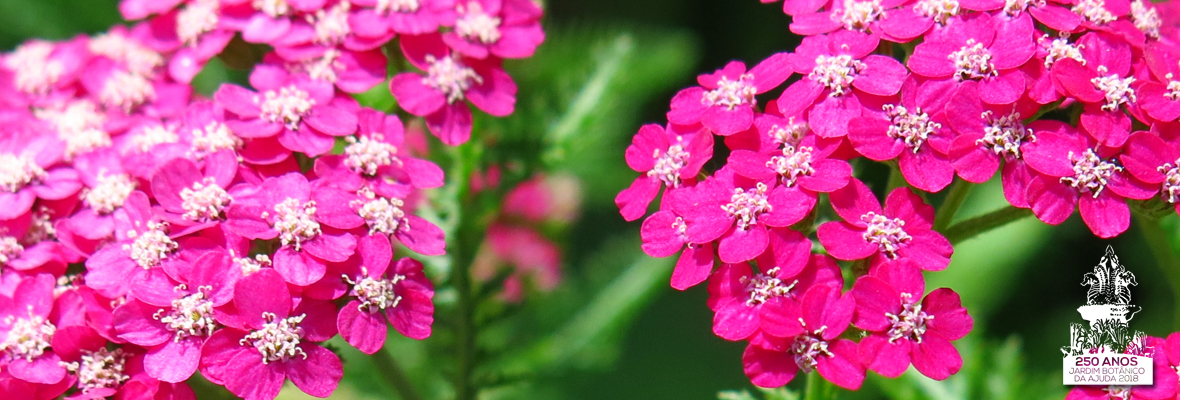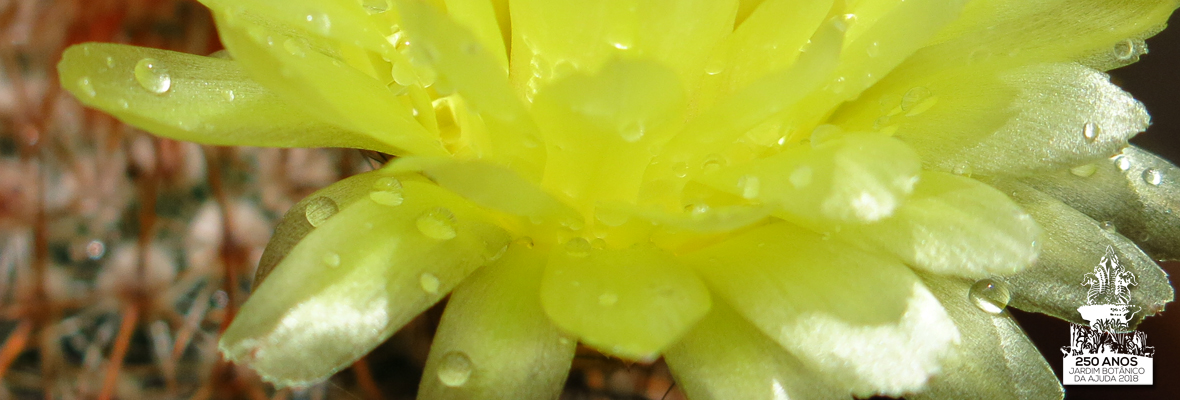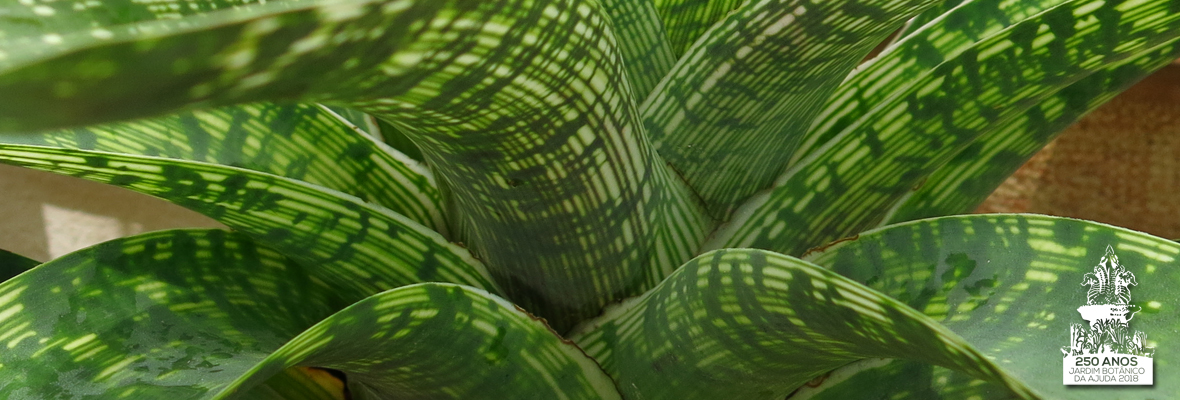Post-Symposium Excursion – A journey across three Azores islands
Faial
1 – Cidade da Horta
The city of Horta is located on the southeast coast of Faial Island, and comprises the area occupied by its three civil parishes: Angústias, Conceição and Matriz.
It has always been known for its excellent geographic position and exceptional bay, which is still its most defining feature.
The fortifications from the sixteenth century recall the attacks by pirates that plagued the waters of the archipelago. The eighteenth century was characterized by the exportation of oranges and wine, and the increasing entrance of whaling ships from North America. The next century was defined by the presence of an American family in Faial, the Dabneys.
The city continues to take advantage of being a mandatory stop for transatlantic navigation, on which it has based its development, leaving traces of remarkable times.
2 – Jardim Botânico Faial
The Faial Botanical Garden has been located in an old farm of pastures of Quinta de São Lourenço in the Valley of Flamengos, since 1986.
Its function includes the maintenance of a collection of live plants, botanical research and seed conservation of endemic species. The only botanical garden in the Azores, this interpretative centre gives an important scientific, pedagogical and ecological contribution, and is endowed with unique beauty, being a must-see for anyone who visits the island of Faial.
3- Reserva Natural da Caldeira
The Caldeira is located in the centre of the island, consisting of an impressive and vast crater with a diameter of 1.5 km, which is the result of a volcanic complex that originated a large part of Faial Island. This Nature Reserve Includes the highest point of the island, Cabeço Gordo, which reaches 1,043 m. It is one of the main natural attractions of the island, offering unique landscapes with slopes covered in green, where juniper, heather, and ferns predominate. In this area, it is possible to observe about two thirds of all the endemic vascular plant species of the Azores.
4 – Centro Interpretação Vulcão Capelinhos
The Capelinhos Interpretation Center (CIVC) is an informative, didactic and scientific space, consisting of a curious building buried in the volcanic rock that resulted from the eruption of 1957/58. The exhibitions are focused on the eruption of the Capelinhos Volcano and the formation of the Azores archipelago, but also on the various types of volcanic activity in the world and the history of Azorean lighthouses. It also has an auditorium and a temporary exhibition of samples of rocks and minerals. It was nominated by the European Museum Forum, for best museum of Europe in 2012.
5- Complexo do Monte da Guia
The Monte da Guia Complex consists of two interpretation centres included in the Protected Landscape Area of Monte da Guia: Dabney’s House and the Porto Pim Aquarium. Dabney’s House, restored by the Regional Government of the Azores, portrays the history and the journey of the Dabney family, who lived in Faial, and left a cultural, historical and scientific heritage, still visible and recognized in the island. The Porto Pim Aquarium – Live Fish Station is a place where one can observe the most important marine coastal species, an exhibition about The Azores Marine Park, and a film about the deep sea of the continental platform adjacent to the archipelago. In addition to the interpretation centres, this Protected Landscape Area encompasses Monte da Guia, Baía das Caldeirinhas – a marine zone consisting of two old craters open to the sea, Monte Queimado and its isthmus, the cove of Entre-Montes and the beach of Porto Pim and its Grey Dunes.
Jardim da Assembleia LRAA
This garden is located in the area surrounding the building of the Legislative Assembly of the Azores, a modernist building inaugurated in July 1990. Two years later, the area around the building was considered “area for the defense and urban control of classified property”. At the back of the building, taking advantage of the hillside, is an outdoor amphitheatre.
Florêncio Terra
This garden, created in 1857, occupies the area that corresponded to the former Convent and Church of São João (St. John’s), demolished in 1836.
It features a typical design of nineteenth-century Romanticism, with a bandstand from the late eighteen-hundreds surrounded by a small lake and four statues representing the four seasons of the year. This garden features two classified tree species: a drago tree (Dracaena draco) and a Norfolk Island pine (Araucaria heterophylla).
Flores
6 – Planalto Central
The high and humid areas of the Central Plateau contain the largest and best-preserved Atlantic bog associated with the largest cedar-juniper forests (Juniperus brevifolia) of the Azores, vital to the island’s water balance and to the characteristic rivers and waterfalls that define its landscape. In the central zone of the island exists a set of seven lagoons sited inside calderas of the volcanos that gave origin to this landmass, and which constitute places of extreme beauty. The top of Morro Alto provides a view of an ocean of intense green, where the native forest of laurissilva is still present.
7- Rocha dos Bordões
One of the most famous natural monuments in the Azores, Rocha dos Bordões consists of a set of large vertical columns of basalt. The prismatic disjunction resembles a gigantic pipe organ and stands prominently at the top of an elevation. Locally lined with mosses, lichens and other vegetation, the basaltic stone presents varying changes throughout the day and cries out for constant returns to the site.
8 – Fajã Grande
The area of Fajã Grande – Fajãzinha is one of the most beautiful coastal landscapes of the Azores. The extensive green wall that borders this area gives rise to almost two dozen imposing waterfalls, especially Ribeira Grande, which falls in a 300-metre leap. At the base of the escarpment there are several permanent bodies of water, such as Poço do Bacalhau or Poço da Alagoinha, also known as Lagoa dos Patos. A walk up to the escarpment enables you to enjoy the waterfalls and the scenery created by nature, which is an invitation to contemplation and to bathe in the waters.
9- Boqueirão
The Boqueirão Interpretation Centre (CIAB) was created in the tanks where the whale oil, melted in the Boqueirão Whaling Station, was stored. It is a space dedicated to the promotion and knowledge of the most interesting sites of the island and highlights the marine environmental. Here you can learn about resident and migratory birds, living beings that live in the intertidal zone and water column, cetaceans and hydrothermal vents. It is a privileged place for the promotion of scientific knowledge, enriching the experience of those who visit Flores Island.The CIAB was chosen to be part of the “Architecture Guide – South and Islands of Portugal” in 2011; it is also included in the “Mostra Ibérica de Património Arquitéctonico – La MIPA” project, within the Lisbon Architecture Triennial 2013, “Close, Closer”.
São Miguel
10 – Lagoa das Sete Cidades
Elected one of the Seven Wonders of Portugal, it is the stage of particular natural beauty, constituting a place of excellence for the carrying out nature activities.
A mountainous area with marked reliefs, deep ravines and furrows in whose beds torrential waters run, this volcanic caldera is one of the largest of the Azores.
It is an important area of endemic species, in flora especially Juniperus brevifolia, Angelica lignescens, and Lactuca watsoniana. There are also endemic Azorean birds, such as the Azorean blackbird (Turdus merula azorensis) and the goldcrest which is endemic to São Miguel (Regulus regulus azoricus). It is also a stopover site for several species of migratory birds.
It includes an urban area, the parish of Sete Cidades.
Jardim José do Canto
José do Canto (1820-1898) was a wealthy and sophisticated man with a true love for nature. Deeply acquainted with the secrets of botany, he established contacts with botanic gardens and nurserymen from all over the world, and bought, sold or traded plants with them.
From the fifties of the nineteenth century he built his garden on the site of Santana, in Ponta Delgada, an extraordinary space of acclimatization for thousands of species, many of them later used to ornament the gardens of Furnas and Lagoa do Congro.
With its entrance on the street of the same name, located to the north of the historical nucleus of Ponta Delgada, it is open to the public daily, despite being a private garden.
Jardim António Borges
The António Borges garden, built between 1858 and 1861, is one of the main historical gardens of the island of São Miguel and represents great heritage value of major relevance yin the regional and national panorama. This garden is a paradigmatic example of 19th century landscaping, directly influenced by the English landscape school and demonstrating great enthusiasm for botanical collecting. It also takes inspiration from the picturesque and sublime currents as an aesthetic model for the creation of varied and somewhat wild scenarios. Since 1957 it has belonged to the Municipality of Ponta Delgada, since which time it has been a recreational and leisure area, with free public access.
11 – Jardim Terra Nostra
On the island of São Miguel, in the middle of the Furnas Valley, is Terra Nostra Park, a garden of great antiquity created more than 200 years ago by Thomas Hickling, a wealthy merchant from Boston who fell in love with São Miguel Island and Furnas.
Terra Nostra Park, included in Condé Nast’s list of World’s Best Green Retreats, is a unique repository of tree species, plants and other plant species from around the world. Over the past two centuries, it has been the concern of its owners to maintain and increase the diversity of the Park, making it possible today to see one of the largest known collections of camellias, over 600 (some of which only exist here, created by the hand of the Chief Gardener), or a century-old avenue of Gingko Bilobas.
However, it is the Thermal Tank that attracts the imagination of visitors who come looking for Terra Nostra Park. There is a spring that feeds the Tank with thermal water at about 40°C, naturally enriched with iron (which gives it its unique colour), calcium, magnesium and other minerals and trace elements essential to human skin, offering visitors a unique feeling of rejuvenation and wellness.
Important botanical collections have been implemented and developed in recent years, such as: the Collection of Ferns, the Collection of Cycadales – made up of species whose origin dates back to periods as distant in history as the Jurassic Period (about 200 million years ago), and therefore considered living fossils – and the collection of Camellias, plants with a long history of cultivation in the Azores and in particular on the island of São Miguel.
Throughout the garden, you can observe a rich and diverse flora, where you can find ancient trees, countless shrubs, herbaceous plants and flowers.
12 – Centro de Monitorização e Investigação das Furnas
This centre functions as an observatory and centre of integrated knowledge dissemination, playing an important role from the outset in the translation of the scientific language to forms of dissemination of knowledge, capable of captivating visitors for a better understanding of nature, as well as for ludic activities and ecological recovery, in a landscape in constant transformation.
It includes an auditorium for workshops and seminars and a large covered area for exhibitions which, through interactive mechanisms, user-accessible tools, multimedia platforms and guided tours, leads visitors to discover the lagoon ecosystem as well as local flora and fauna.
In addition, there are adjacent outdoor areas, namely picnic and contemplation areas and a large green space with a privileged view over the lagoon, where visitors can enjoy the landscape and partake in leisure activities.
13 – Furnas
The Furnas Protected Landscape Area, with 3150 ha, is located inside a caldera that resulted from the collapse of the structure of one of the most active volcanoes of São Miguel, the Furnas volcano. The unique geomorphology and hydrology of this caldera led to the classification of this area as protected landscape. Highlights of the landscape are the Furnas lagoon and the phenomena of secondary volcanism, such as fumarolic fields and thermal water springs .
14 – Lagoa do Fogo
Currently with a protected area of 5.07 km2, the Lagoa do Fogo is situated in a central position of S. Miguel. The volcanic caldera, the site of the lagoon, corresponds to the collapse of the crater of the stratovolcano of Fogo. The slopes are steep and covered with natural scrub, with endemic and diverse flora in abundance. The water of the lagoon feeds some springs located on the slopes. In spite of being separated from the sea, the common garter (Sterna hirundo) and the yellow-legged gull (Larus michahellis atlantis) nest in the area.
